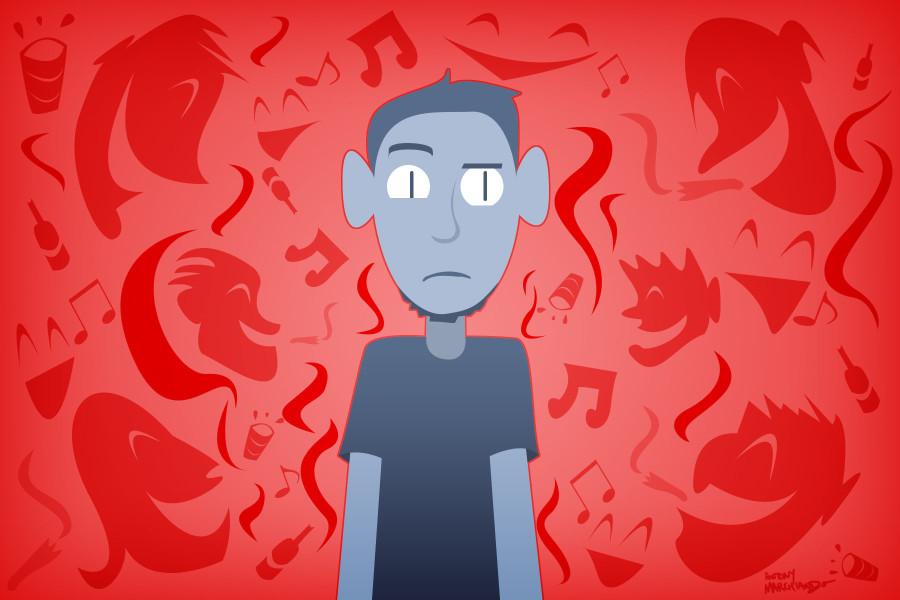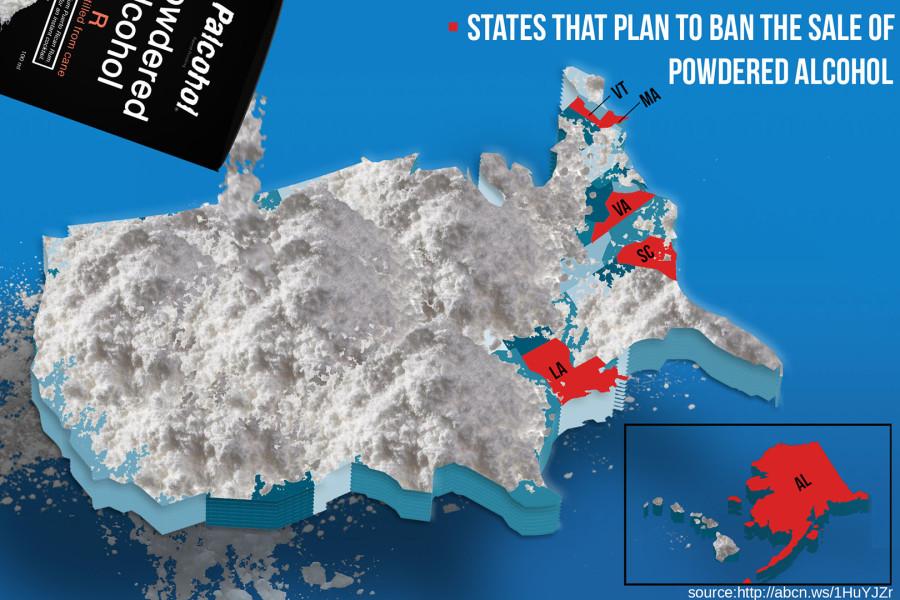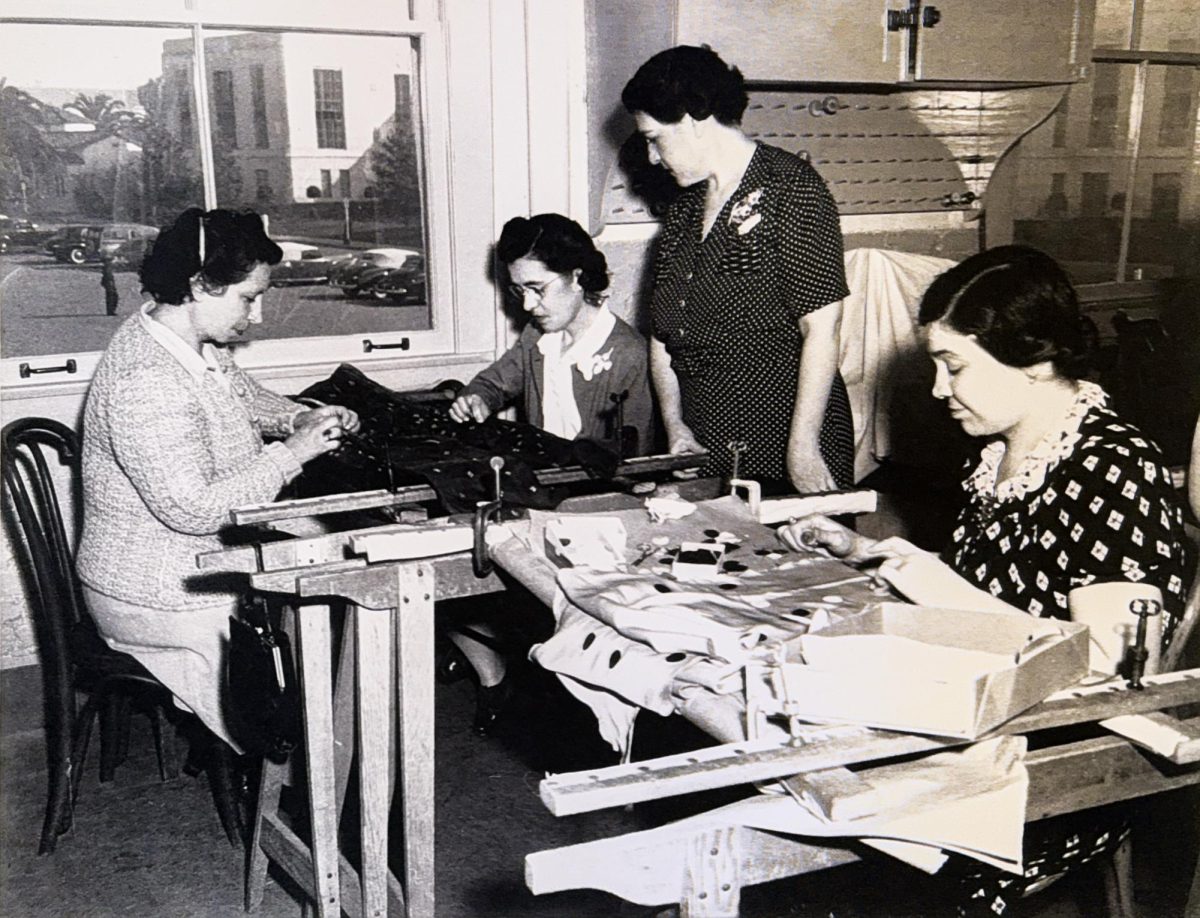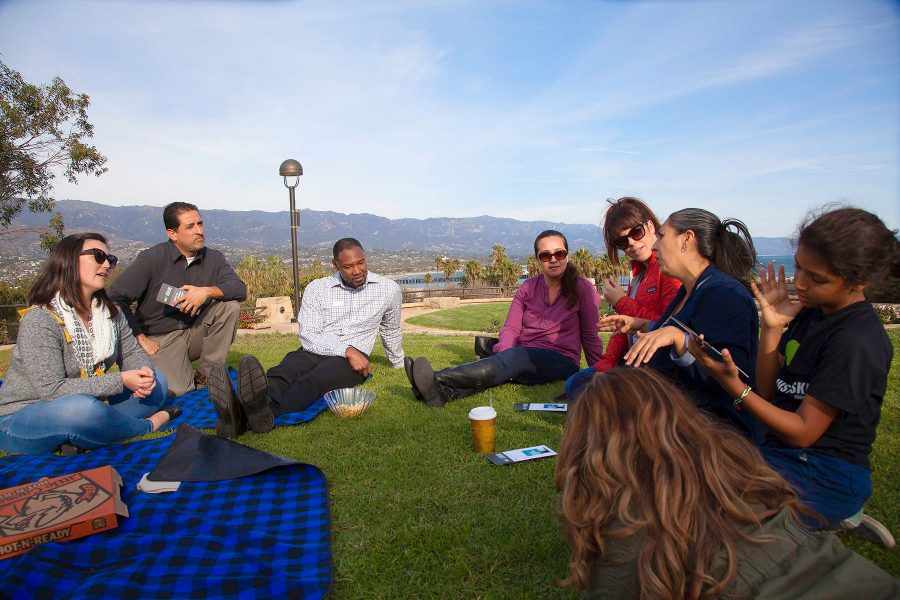Mexico is having an identity crisis.
It was once identified as an exotic getaway hot spot by foreigners and tourists flaunting promises of postcard beaches, authentic tequila, and sightseeing destinations.
But Mexico has now seen better days.
Every country has its cultural stereotypes. The majority of ignorant foreigners may have a faulty impression of another country based on the filtered news that’s been presented to them through pop culture. In the past, Mexico’s image benefited its economy, attracting tourists worldwide and promoting relaxation and rejuvenation.
Mexico has lived up to its promises. That’s why tourism, behind oil and remittances, is the third leading moneymaker for Mexico’s economic foundation. However, because of the rising drug gang scare, Mexico’s tourism only made $11.3 billion last year as opposed to the 2008 $13.3 billion figure.
With an estimated fifteen percent drop, profit from the tourism business has floundered in the past two years. Mexico’s rising drug war continues to violate even the most unsuspecting tourist venues.
Cuernavaca, Mexico is nicknamed the “City of Eternal Spring” because of its perfect yearlong weather and the lush vegetation that grows among the charming city. Its residents, however, have witnessed and been pinpointed as victims of a gang-related battle waged at a tourist-inhabited apartment building.
Murdered innocents’ bodies were left in front of police headquarters, and hung on public passageways scaring locals and tourists and stalling business flow.
Narcotic trafficking is nothing new to the Mexican region. Mexico has been the bridging country, the middleman, for trafficking drugs such as cannabis, cocaine, and heroine for more than two decades.
However, now that the black market war has disturbed the public, Mexico’s impression has been altered in the eyes of foreigners.
The U.S. Government has added Mexico to its warning list bewaring Americans who decide to visit and Americans have definitely listened.
I grew up in what I was told was the wealthiest county in the United States, Marin County. My family was certainly not rich, but our hilltop condominium did nestle on the same hills as the rich of the rich. Our home was just somewhere at the bottom of that hill.
The children of the lucky few who fit that profile were my school peers and they flaunted their wealth.
One way, the genteel of Marin delighted in their upper-class lifestyle, was vacationing in and sending their offspring to Mexico for getaway trips. So my pampered peers reveled in their excitement about their upcoming trip to Cancun, Acapulco or Cabo San Lucas for spring break.
This spring break retreat is no longer an available option for hopeful students as Mexico has been shunned to the bottom of the vacation hot spot list with its once veneered narcotic trafficking now unveiled and out of control.
The inflow of college students last spring break diminished greatly and it’s predicted that it will drop to 30 percent this upcoming spring break.
In an attempt to rid Mexico of this rising power struggle President Felipe Calderon set out to clear the waging drug gangs fighting over territory and hierarchy.
After coming into office in December 2006, Calderon has set out multiple military raids to capture and kill drug gang members.
He immediately recruited 55,000 supposedly improperly trained troops to capture the groups.
Few of the raids have proved successful unable to stop the more than estimated 22,000 locals’ and tourists’ homicides since the tipping point of the drug mobs’ anarchy began three years ago.
Mexico’s shadowed reputation has yet to see the light of day. And so do the tourists entering a country now tainted by the rising drug rebels.
















